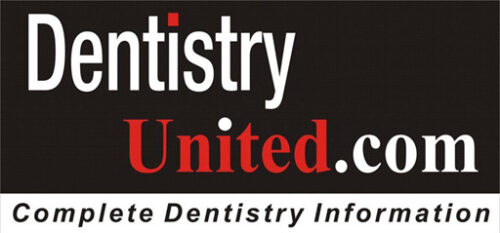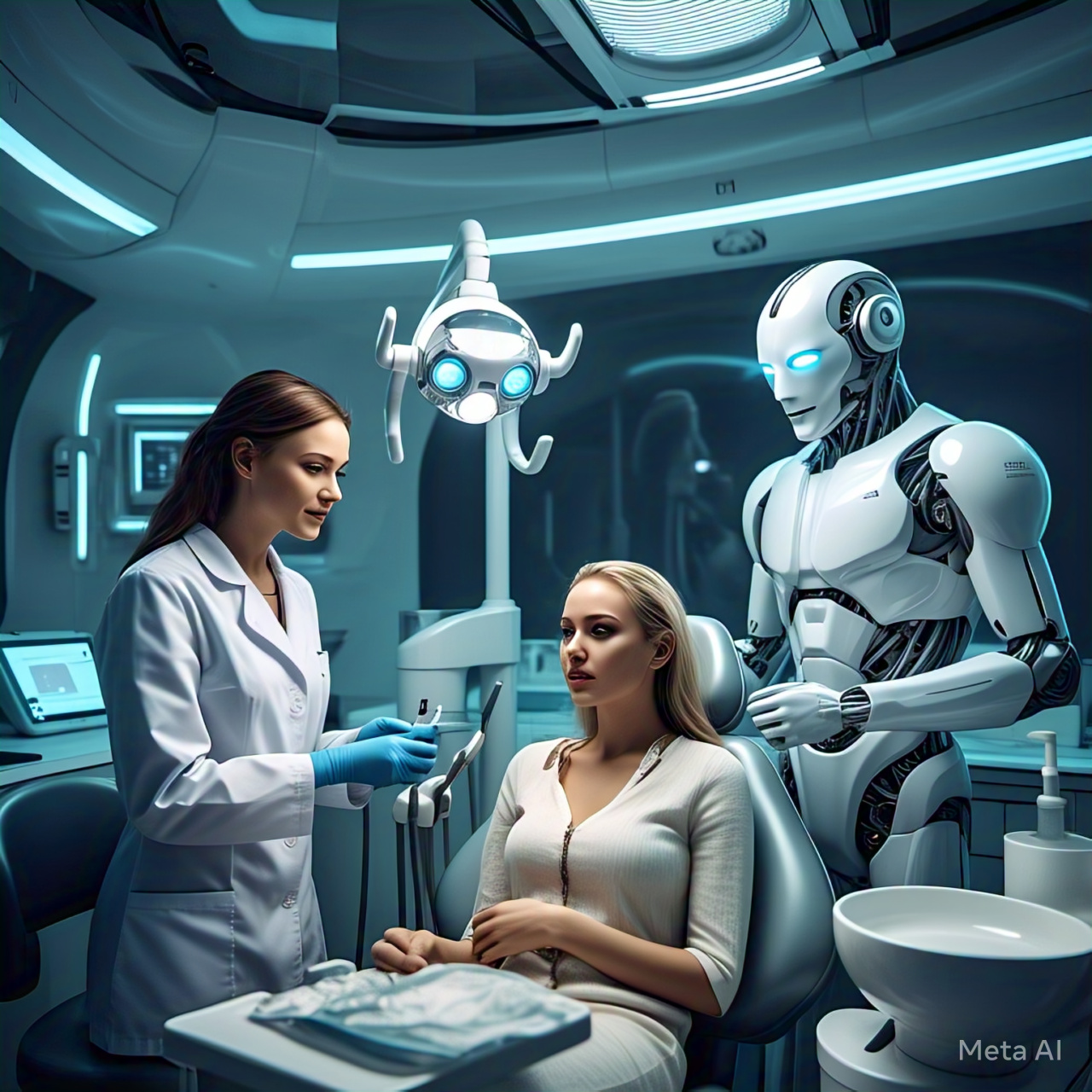May 16, 2025 | DentistryUnited Report
In a sun-drenched dental clinic, the future of oral care unfolds with mesmerizing precision. The clatter of outdated tools and the agonizing wait for restorations are relics of the past. Today, a single chair, a chairside laboratory, and an AI assistaant orchestrate a symphony of innovation, delivering care that is as swift as it is flawless. For dentists, this is no mere evolution—it’s a revolution, where 3D printing and artificial intelligence (AI) are transforming practices and patient experiences with an elegance that captivates.
At the core of this transformation lies 3D printing, a marvel of additive manufacturing that crafts crowns, bridges, and aligners with a precision traditional methods could scarcely imagine. Industry projections estimate the global dental 3D printing market will soar to $9.7 billion by 2027, fueled by advances in biocompatible materials and high-resolution printers. These technologies empower clinicians to produce restorations in-house, often within a single visit, collapsing weeks-long lab delays into mere hours. The result? Patients leave with smiles restored, and practices thrive on efficiency.
Picture a patient settling into an ergonomic chair as an intraoral scanner captures a 3D image of their teeth in minutes. This data flows into AI-driven computer-aided design (CAD) software, where machine learning algorithms detect margin lines and propose prosthetic designs tailored to the patient’s unique anatomy. The AI doesn’t merely design—it anticipates, predicting stress points, optimizing fit, and ensuring restorations are both functional and aesthetically sublime. Within an hour, a chairside 3D printer hums to life, crafting a resin crown with micron-level accuracy in the adjacent lab.
This chairside lab, compact yet transformative, is redefining workflows. Equipped with stereolithography (SLA) or digital light processing (DLP) printers, it converts digital blueprints into tangible restorations using biocompatible resins and ceramics. Unlike traditional milling, which squanders material and falters with complex geometries, 3D printing builds layer by layer, minimizing waste and enabling intricate designs. The outcome is restorations that are stronger, more natural-looking, and exquisitely tailored to each patient.
AI’s brilliance extends far beyond design. A digital assistant, powered by natural language processing, streamlines operations with an eloquence that rivals human intuition. It schedules appointments, fields patient queries, and enhances diagnostics. Advanced algorithms analyze X-rays and 3D scans, detecting caries, bone loss, and other pathologies with a consistency that surpasses the human eye. During a routine scan, the AI flags potential issues, enabling real-time adjustments to treatment plans. It’s akin to a second opinion, honed by billions of data points, working tirelessly to elevate care.
The impact is profound. Patients enjoy shorter visits, reduced costs, and restorations that blend seamlessly with their natural teeth. For dentists, the technology liberates time from manual tasks, sharpens diagnostic precision, and enhances patient satisfaction. The horizon glimmers with even greater promise: bioprinting, still in its nascent stages, uses living cells to create tissue, hinting at a future where damaged gums or entire teeth could be regenerated. Experts predict “living teeth” may become reality within a decade, pushing the boundaries of reconstructive dentistry.
Yet, challenges persist. High-end 3D printers and AI software demand significant investment, a hurdle for smaller practices. Regulatory requirements for patient-specific devices are stringent, mandating rigorous biocompatibility and sterilization standards. And while AI streamlines processes, it requires technical expertise to operate and calibrate. The learning curve is steep, but the rewards—delighted patients, superior outcomes—are undeniable.
For dentists, embracing this digital renaissance is not just an opportunity but a calling. The chair, once a symbol of unease, is now a nexus of innovation. The chairside lab, with its whirring printers, is a testament to precision. And the AI assistant, ever-vigilant and insightful, is a partner in excellence. Together, they herald a future where every smile is not merely restored but reimagined, and every practice is empowered to dazzle.

